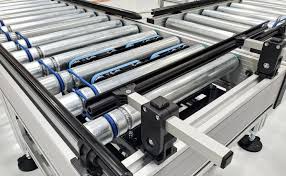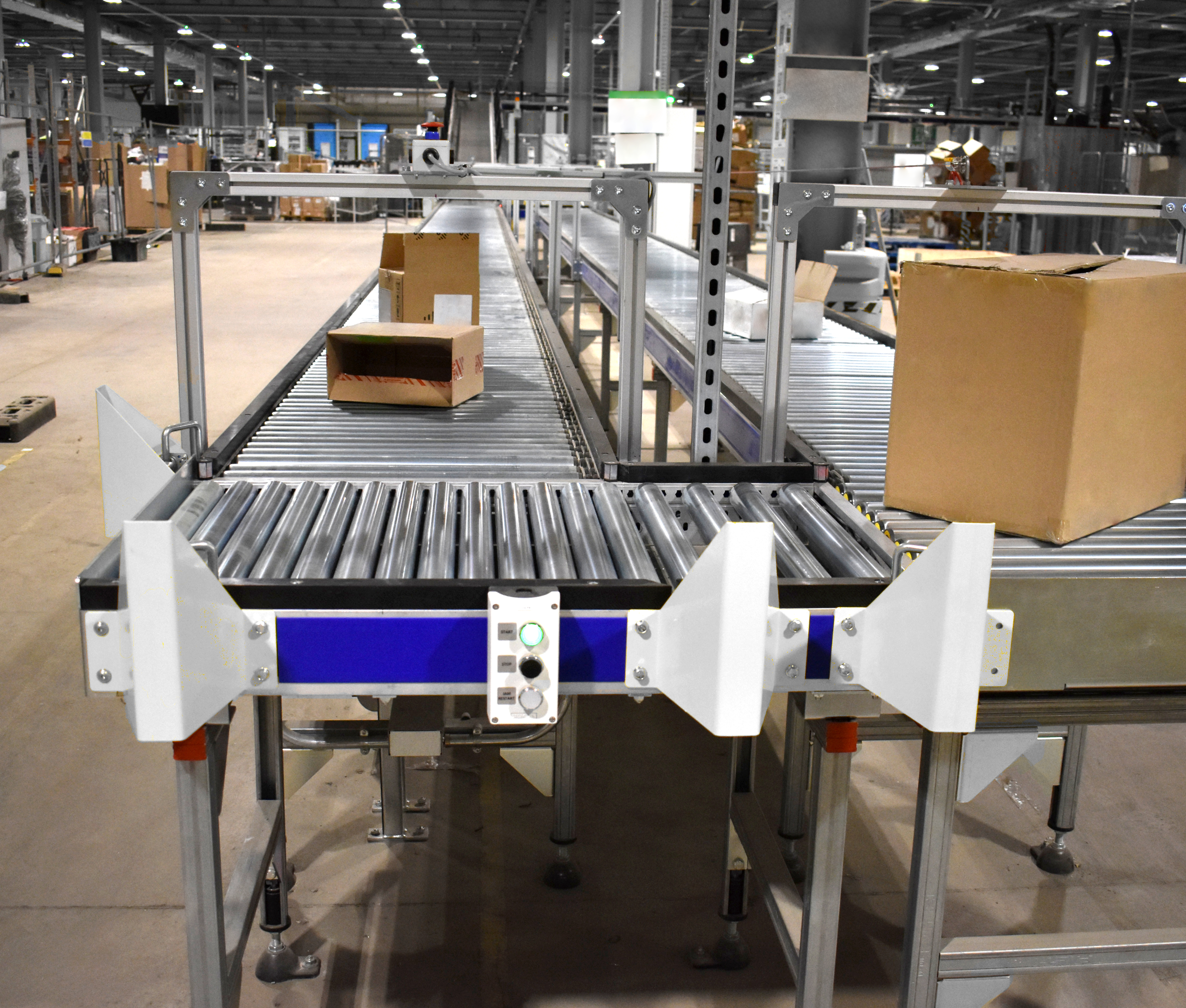The evolution of powered roller conveyors represents a significant advancement in material handling technology, transforming how goods are transported in various industries. From their rudimentary beginnings to the sophisticated systems we see today, powered roller conveyors have played a crucial role in enhancing efficiency and productivity across manufacturing, warehousing, and logistics sectors.
Historical Context
The origins of conveyor technology can be traced back to ancient civilizations, where simple mechanisms were used to move heavy materials. However, the modern conveyor system began to take shape in the 18th century with the introduction of rudimentary belt systems for transporting goods like grain. The first patent for a conveyor system was filed in 1908, marking the beginning of an era focused on mechanized material handling.The introduction of roller conveyors came into prominence with the Ford Model T assembly line in the early 20th century. This innovation allowed for mass production techniques that significantly increased manufacturing efficiency. As industries grew, so did the need for more advanced and flexible conveyor systems.
The Rise of Powered Roller Conveyors
Powered roller conveyors emerged as a solution to the limitations of gravity-based systems. By incorporating motorized rollers, these conveyors could transport goods over longer distances and handle heavier loads with greater precision. The first motor-driven roller conveyors were introduced in the 1970s, forming the backbone of automated systems that revolutionized logistics and manufacturing processes.
Key Innovations
- Motorized Rollers: The shift from external motors to embedded motors within rollers allowed for more compact designs and greater flexibility. This innovation enabled the creation of independent zones within a conveyor system, allowing for precise control over product movement and reducing safety risks associated with bulky external drives.
- Modular Designs: Modern powered roller conveyors are often modular, allowing businesses to adapt their systems easily as needs change. This adaptability is crucial in dynamic environments like warehouses and distribution centers where product types and volumes can vary significantly.
- Integration with Automation: The integration of powered roller conveyors with automated systems and robotics has opened new possibilities for fully automated material handling solutions. Smart sensors and AI technologies are now being used to optimize operations, predict maintenance needs, and enhance overall system efficiency.
- Energy Efficiency: Advances in motor technology have led to the development of energy-efficient powered roller systems that reduce operational costs and environmental impact. Many modern systems utilize low-voltage DC motors that consume less energy while maintaining high performance.
Current Applications
Today, powered roller conveyors are integral to various applications across multiple industries:
- E-commerce Fulfillment: With the rise of online shopping, powered roller conveyors facilitate efficient order processing by automating the movement of packages through sorting and packing stations.
- Manufacturing: These systems are used extensively in assembly lines, where they transport components between workstations, enhancing productivity and reducing manual labor.
- Logistics and Warehousing: Powered roller conveyors streamline operations by moving goods efficiently through storage areas, improving inventory management and reducing handling times.
Future Trends
As technology continues to evolve, several trends are shaping the future of powered roller conveyors:
- Increased Automation: Future designs will likely feature higher levels of automation, reducing manual intervention further and enhancing operational efficiency.
- AI Integration: Artificial intelligence will play a pivotal role in optimizing conveyor performance, enabling real-time adjustments based on workflow demands.
- Sustainability Efforts: There is a growing emphasis on developing eco-friendly conveyor systems that minimize energy consumption and utilize sustainable materials.
- IoT Connectivity: The Internet of Things (IoT) is expected to enhance monitoring capabilities, allowing for comprehensive data collection and improved maintenance strategies across conveyor networks.
Conclusion
The evolution of powered roller conveyors has fundamentally changed how industries approach material handling. From their historical roots to modern innovations, these systems continue to adapt to meet the demands of an ever-evolving market landscape. As technology advances, powered roller conveyors will undoubtedly remain at the forefront of efficient logistics and manufacturing solutions.






